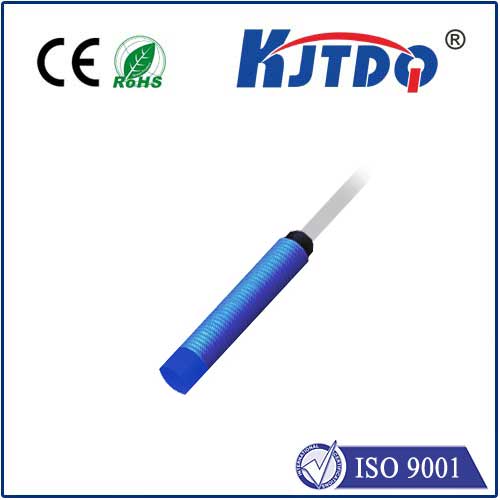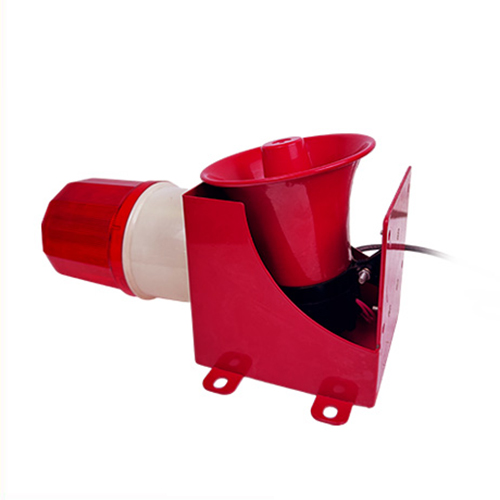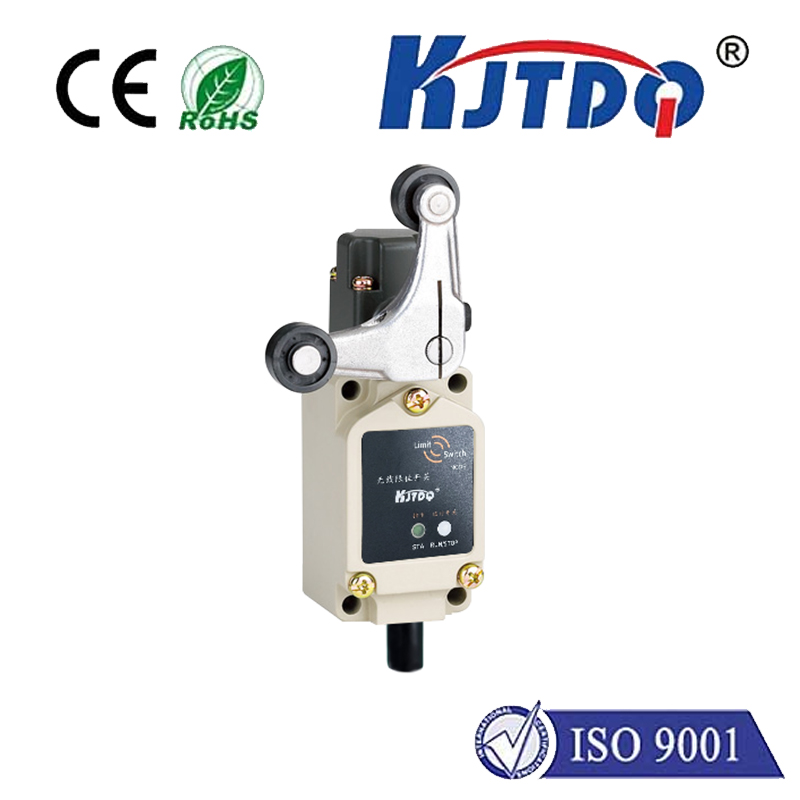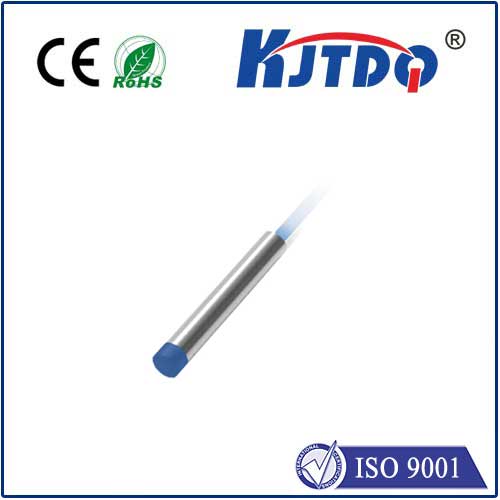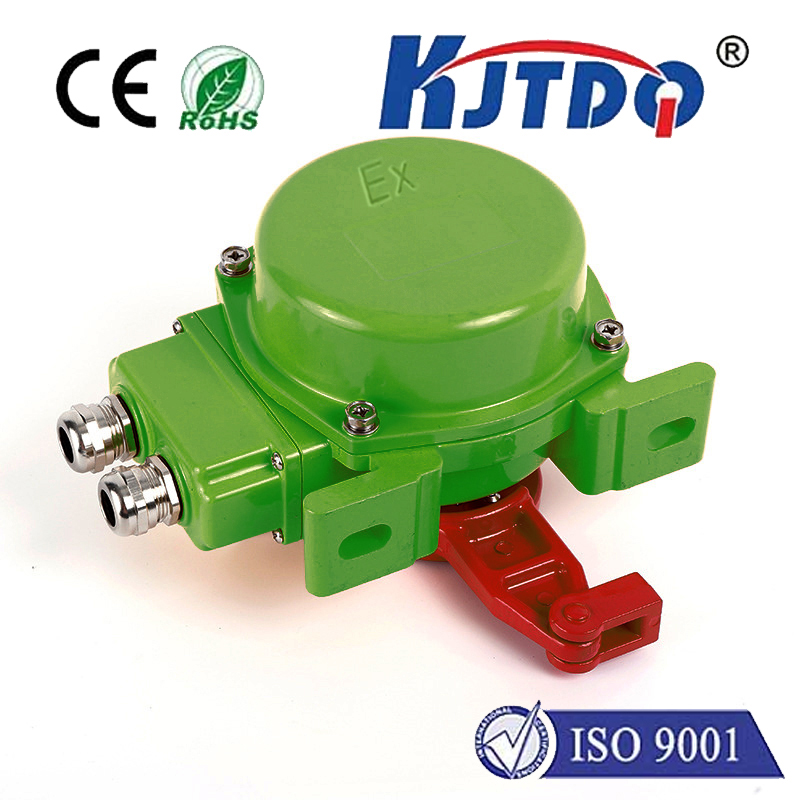

check

check

check

check
In the intricate dance of modern electronics and machinery, where precision meets power, a small but critical player often goes unnoticed: the 15A micro switch. Far more than just a simple on-off button, this compact component is engineered to handle surprisingly robust electrical loads within a tiny footprint. Understanding its capabilities and applications is key for engineers, designers, and maintenance professionals working with demanding circuits. This article delves into the world of the 15A micro switch, exploring its design, functionality, and why its current-carrying capacity makes it indispensable in specific high-performance scenarios.
At its core, a micro switch is a type of snap-action switch, characterized by its miniature size and a unique internal mechanism that ensures a rapid, crisp transition between open and closed states. This snap-action is critical – it provides reliable contact engagement and disengagement, minimizing arcing (which can damage contacts and shorten lifespan) and delivering a distinct tactile feedback, often accompanied by an audible “click.” This reliability makes micro switches ideal for applications demanding precision detection and control.
So, what sets the 15A micro switch apart? The “15A” designation directly refers to its current rating – its ability to safely handle electrical currents up to 15 Amperes. This is significantly higher than many standard micro switches, which often handle currents like 5A, 10A, or even less in subminiature versions. This elevated rating is a result of specific engineering choices:
The 15 amp rating isn’t just a theoretical number; it translates into tangible advantages for applications requiring higher power switching:

Selecting the Right 15A Micro Switch: Key Considerations
Not all 15A micro switches are created equal. Choosing the optimal component requires careful evaluation beyond just the current rating:
The Critical Role Beyond Switching
What makes the 15A micro switch truly indispensable isn’t just its ability to conduct 15 amps; it’s the reliability and safety it provides at that level. When dealing with significant currents, a switch failure can be catastrophic – leading to uncontrolled equipment operation, electrical fires due to overheating contacts, or damage to expensive components. The robust construction and snap-action mechanism of a properly selected and applied 15A micro switch mitigate these risks. They act as dependable sentinels, ensuring power flows only when intended, cutting it off decisively when required for safety or operation changes, and enduring the rigors of repeated high-load switching cycles.
Integrating the 15A Micro Switch Effectively
Successful integration involves more than just wiring the switch. Consider the actuation mechanism carefully – ensure levers aren’t overloaded or subject to excessive side pressure. Implement proper strain relief on wiring connections. Provide adequate ventilation around the switch if it’s consistently operating near its maximum load. Regularly inspect switches in critical or high-cycle applications as part of a preventive maintenance program, looking for signs of overheating, contact wear, or physical damage to the actuator.
The 15A micro switch exemplifies engineering ingenuity: packing substantial power-handling capability into a remarkably compact device. Its role in enabling the reliable control and safety of high-current circuits across diverse industries is fundamental. By understanding its strengths, limitations, and proper selection criteria, designers and technicians can harness this miniature powerhouse effectively, ensuring the smooth, safe, and enduring operation of the equipment that powers our world.

